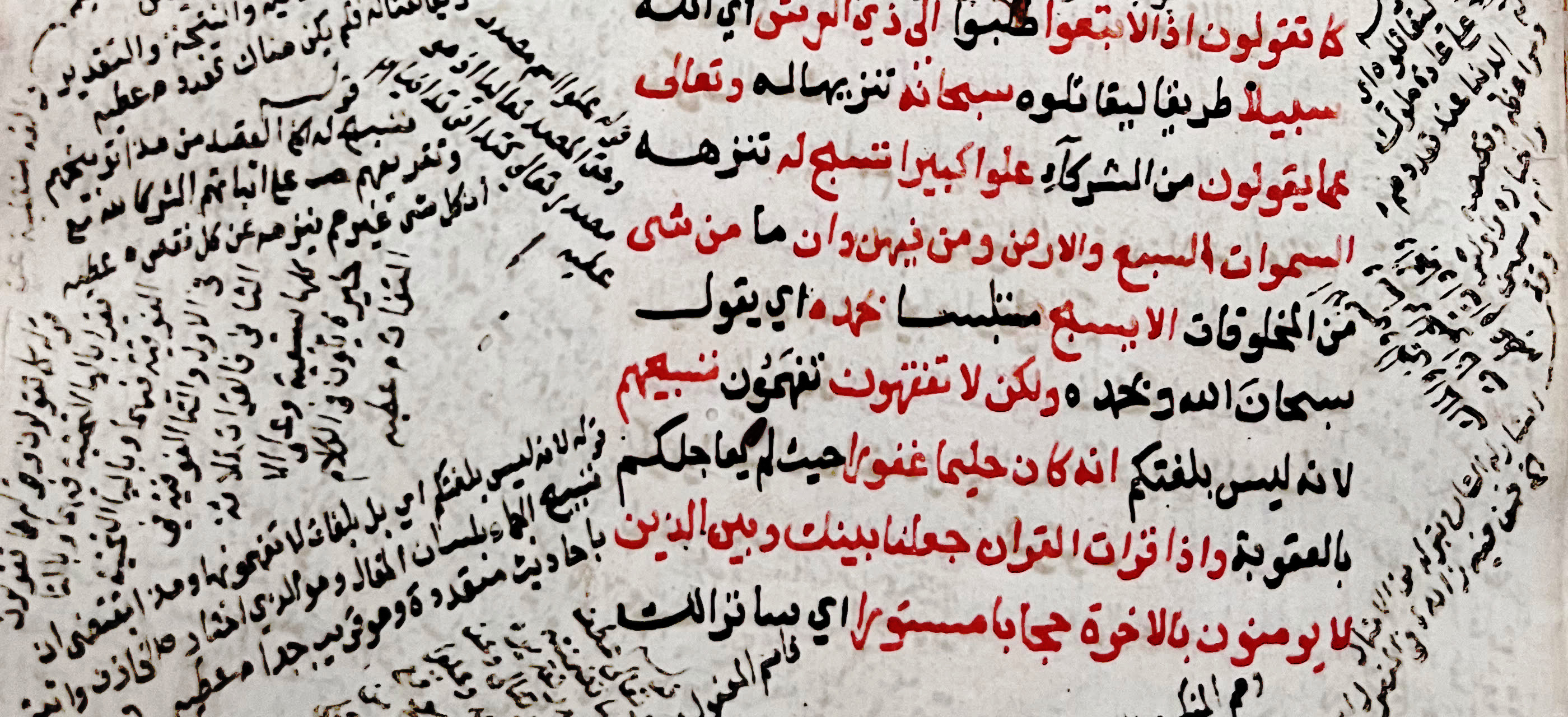Bronze Age to Early Iron Age Water Harvesting and Management in the Ancient Oasis of Salūt (Bisya, Sultanate of Oman)
Contenu
Degli Esposti, Michele, Cremaschi, Mauro, et Zerboni, Andrea. 2024. « Bronze Age to Early Iron Age Water Harvesting and Management in the Ancient Oasis of Salūt (Bisya, Sultanate of Oman) ». Open Quaternary 11 (1). doi:10.5334/oq.137, bibliographie, consulté le 9 mai 2025, https://ibadica.org/s/bibliographie/item/52730
- Titre
- Bronze Age to Early Iron Age Water Harvesting and Management in the Ancient Oasis of Salūt (Bisya, Sultanate of Oman)
- Auteur
- Degli Esposti, Michele Voir tous les contenus avec cette valeur
- Cremaschi, Mauro Voir tous les contenus avec cette valeur
- Zerboni, Andrea Voir tous les contenus avec cette valeur
- Date
- 2025
- Dans
- Open Quaternary Voir tous les contenus avec cette valeur
- Résumé
- During the 3rd millennium BC, a series of oases located along the western foothills of the al-Hajar Mountains saw the establishment of intensive human occupation, associated with the construction of large buildings (the so-called “towers”) and residential structures. These settlements were supported by the onset of agriculture and their development was often associated with and made possible by the introduction of substantial water management systems, including simple wells and complex, large ditches. The oasis of Salūt, near Bisya in the central Sultanate of Oman, is one such Early Bronze Age (EBA) centre. There, extensive investigation of ancient hydraulic structures provided an opportunity to study contexts preserving significant information on ancient climate change and water availability, from the late 3rd to the second half of the 1st millennium BC. A geoarchaeological investigation targeted the huge ditch surrounding the EBA stone tower of Salūt-ST1. Its complete layout was revealed and large portions were fully excavated, allowing the documentation of its infillings and the geological substratum. At the same time, wells excavated at the bottom of the ditch witness the attempt to cope with the lowering water table at the turn of the 3rd millennium BC. Exploration of Iron Age (IA) wells, paired with the geoarchaeological study of sediments from the plain, further extended the chronological scope of the research, while a survey of the area identified ancient and more recent underground and open-air channels, including the exceptional radiometric dating for the introduction of the aflaj (the local term – plural – for the underground water tunnels) network serving the oasis in the late Holocene. This contribution presents the first synthesis including fresh data on how water was harvested and managed in the area of Salūt over almost two millennia, with a diachronic approach that finds little parallels in the region.
- Sujet
- Archéologie -- Oman Voir tous les contenus avec cette valeur
- Langue
- eng
- volume
- 11
- numéro
- 1
- doi
- 10.5334/oq.137
- issn
- 2055-298X
Degli Esposti, Michele, Cremaschi, Mauro, et Zerboni, Andrea. 2024. « Bronze Age to Early Iron Age Water Harvesting and Management in the Ancient Oasis of Salūt (Bisya, Sultanate of Oman) ». Open Quaternary 11 (1). doi:10.5334/oq.137, bibliographie, consulté le 9 mai 2025, https://ibadica.org/s/bibliographie/item/52730
Position : 23361 (20 vues)

